At the request of the Prime Minister, to strengthen the management of carbon credits to promote the development of this market, harmonizing the interests of the state, businesses, and people, many ministries and sectors must urgently issue plans to reduce greenhouse gas emissions, to be completed in the third quarter of this year.
In addition, it is necessary to urgently study and establish a national registration system for carbon credits, manage greenhouse gas emission reduction activities and create carbon credits to serve pilot implementation and develop the domestic carbon market.
Establish a national registry of carbon credits
In early May, Prime Minister Pham Minh Chinh signed and issued Directive No. 13/CT-TTg dated May 2, 2024 on strengthening carbon credit management to implement the Nationally Determined Contribution.
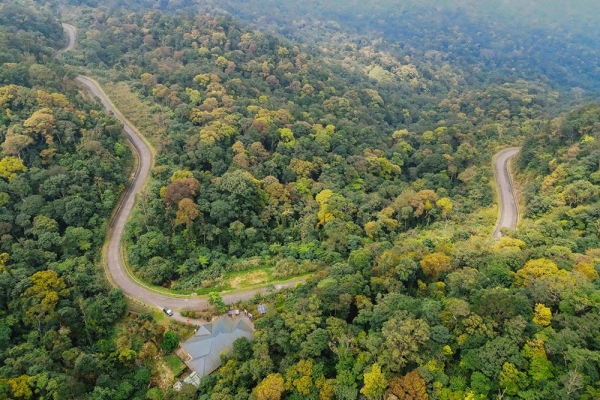
In 2023, Vietnam successfully sold 10.3 million forest carbon credits (10.3 million tons of CO2) through the World Bank (WB), earning 51.5 million USD (about 1,200 billion VND).
The Directive states: Implementing the commitment to reduce net emissions to "zero" by 2050 at the 26th Conference of the Parties to the United Nations Framework Convention on Climate Change (COP26), Vietnam has updated its Nationally Determined Contribution (NDC), specifying international commitments on emission reduction. To ensure the implementation of the commitment to reduce greenhouse gas emissions by 2030 according to the NDC and achieve net emissions of "zero" by 2050, it is urgent to develop and implement plans to reduce greenhouse gas emissions in all sectors; develop carbon markets and carbon credit management mechanisms.
In Vietnam, since the mid-2000s, many businesses have implemented programs and projects to create carbon credits and exchange carbon credits with the world on the voluntary market, especially carbon credits from programs and projects under the Clean Development Mechanism (CDM). However, in recent times, there has been a lot of information and public opinion that is not really complete, comprehensive, and accurate about the carbon market and carbon credit management mechanisms, especially credit creation and management activities from forests and some other fields. Many organizations, businesses, and people do not have a correct understanding of the carbon market and the method of creating carbon credits to be able to trade on the market.
Therefore, in order to strengthen the management of carbon credits to promote the development of the carbon market, ensure the implementation of NDC, harmonize the interests of the state, businesses, people and participating partners, and at the same time provide accurate and complete information on the carbon market and methods of creating carbon credits for trading on the market, the Prime Minister requested the Ministries of Industry and Trade, Transport, Construction, Agriculture and Rural Development (MARD), and Natural Resources and Environment to urgently issue a plan to reduce greenhouse gas emissions, to be completed in the third quarter.
The Prime Minister also requested the Ministry of Natural Resources and Environment to urgently study and establish a national registration system for carbon credits, manage programs, projects, and activities to reduce greenhouse gas emissions and create carbon credits to serve pilot implementation and develop the domestic market, and exchange with international partners.
The Ministry of Agriculture and Rural Development and relevant agencies and localities with forests shall identify the potential for emission reduction and carbon sequestration from forests contributing to the implementation of the NDC target as a basis for forest carbon credit exchange activities with international partners; complete before October 31; develop national standards on forest carbon credits and detailed regulations on measuring, reporting, and assessing forest carbon sequestration; develop pilot policies and a results-based carbon credit payment mechanism for high-quality and low-emission rice cultivation areas.
Vietnam can sell carbon credits worth about 300 million USD/year
According to the assessment of the Ministry of Agriculture and Rural Development, with a total forest area of about 14.7 million hectares and a forest coverage of 42%, it is estimated that each year Vietnam's forests absorb an average of nearly 70 million tons of carbon. Through the carbon market, forests can bring a significant source of revenue for management and protection as well as increase income for communities that depend on forests.
In October 2020, the Ministry of Agriculture and Rural Development and the International Bank for Reconstruction and Development (IBRD) - the trustee of the Forest Carbon Partnership Facility (FCPF) signed an Emission Reduction Payment Agreement for the North Central Region (ERPA). Accordingly, Vietnam will transfer to FCPF 10.3 million tons of CO2 to reduce emissions from forests in 6 provinces in the North Central region in the period of 2018-2024. FCPF will pay 51.5 million USD for this service. Vietnam is also the first country in Asia - Pacific and the 5th country in the world to reach this important agreement with FCPF.
The Vietnamese Government is also negotiating with the Emissions Reduction Alliance (LEAF), and is expected to mobilize financial resources from the Alliance in the future through forest protection activities in the Central Highlands and South Central regions. And in March 2024, the World Bank (WB) transferred an amount of 51.5 million USD, equivalent to 1,200 billion VND to Vietnam after purchasing 10.3 million forest carbon credits. Our country is also the first country in the East Asia - Pacific region to receive money from the sale of forest carbon credits from the WB.
In addition to forests, Vietnam's agricultural sector also has the potential to achieve 57 million carbon credits per year. Especially in rice cultivation. Recently, some localities have moved towards applying a low-emission rice cultivation model. This model not only helps increase productivity and reduce costs but also creates more carbon credits. A typical example is the 1 million hectare project for high-quality rice cultivation in the Mekong Delta.
According to the Ministry of Agriculture and Rural Development, during the implementation of the Project, there will be a number of new policies, in line with global trends, that will be piloted, such as paying for carbon credits based on results for 1 million hectares of high-quality and low-emission rice associated with green growth and circular production. Associate Professor, Dr. Nguyen Dinh Tho - Director of the Institute of Strategy and Policy on Natural Resources and Environment said that according to calculations, if corresponding transactions are carried out, our country can sell carbon credits worth about 300 million USD/year.
Mr. Tho informed that statistics from the Center for People and Nature showed that by the end of November 2022, nearly 29.4 million carbon credits had been issued, belonging to 276 projects within the framework of the clean development mechanism under the mandatory carbon market, mainly hydropower projects (204 projects). The voluntary carbon market was also formed, with 32 projects and a total of 5.75 million carbon credits issued. Hydropower projects still accounted for the most (22/32 projects).
According to Associate Professor Dr. Nguyen Dinh Tho, in the coming time, many developed countries will support Vietnam in exploiting carbon credits related to blue seas, wetlands, and carbon sequestration and separation at sea.
Source



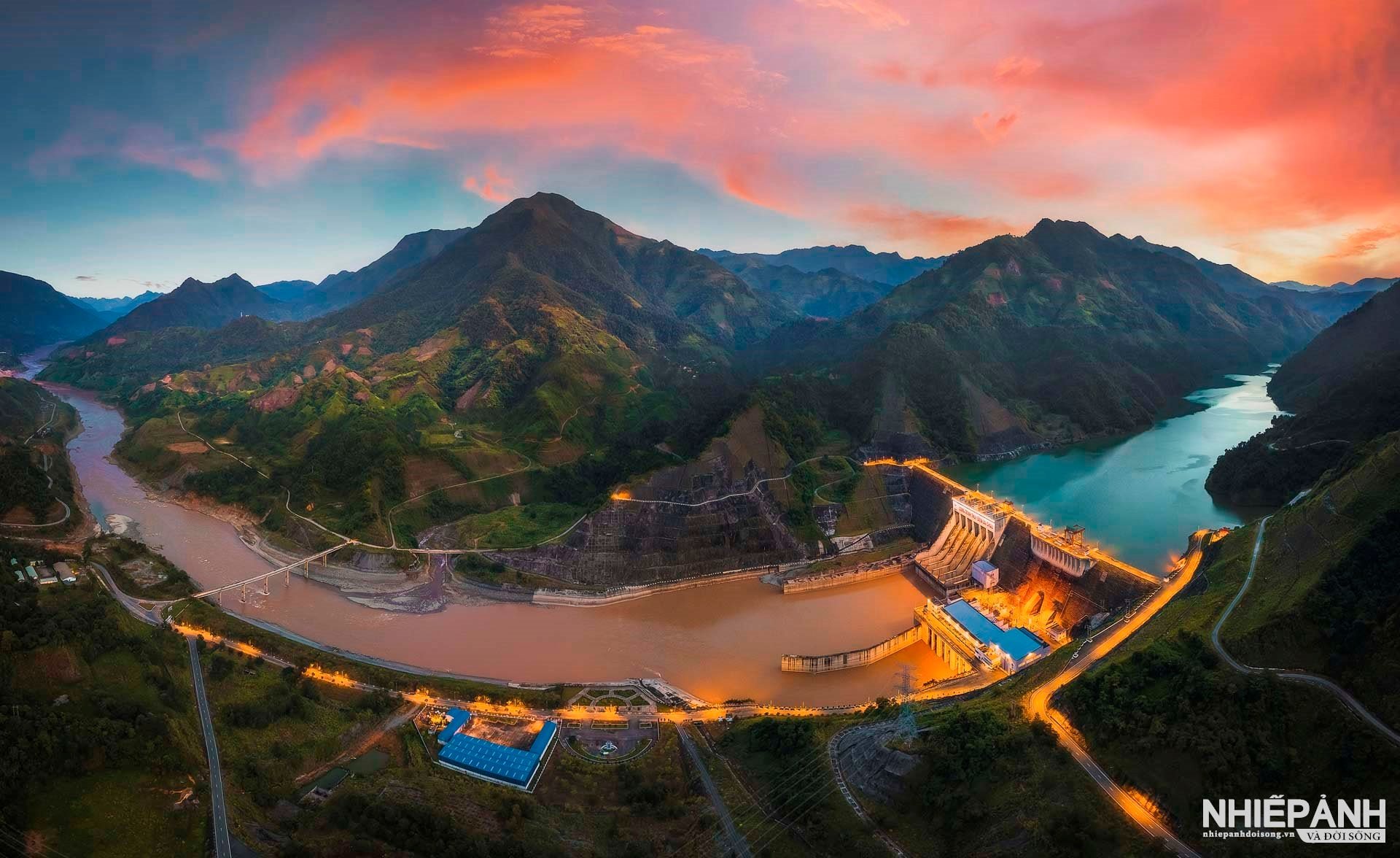


![[Photo] Ministry of Defense sees off relief forces to the airport to Myanmar for mission](https://vstatic.vietnam.vn/vietnam/resource/IMAGE/2025/3/30/245629fab9d644fd909ecd67f1749123)
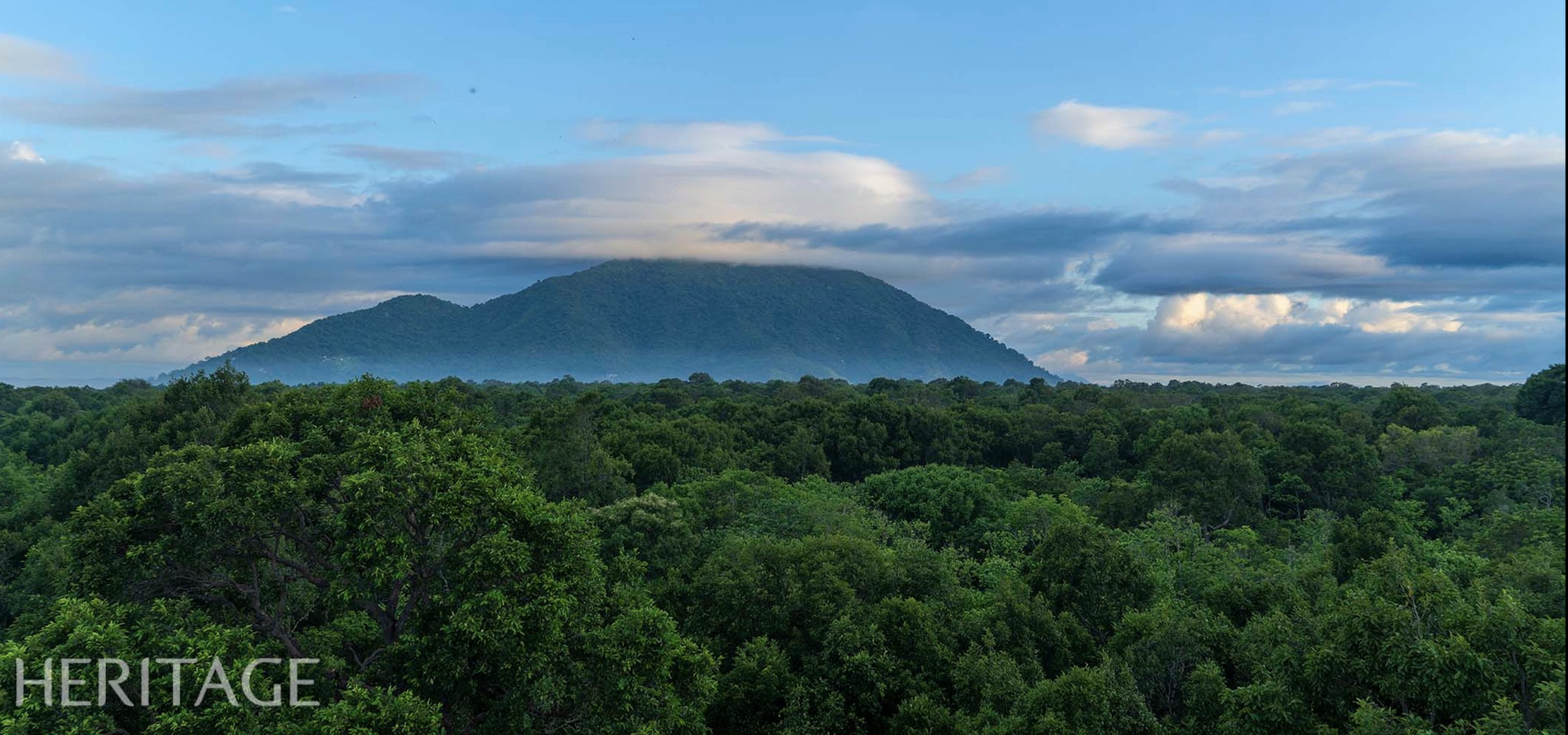
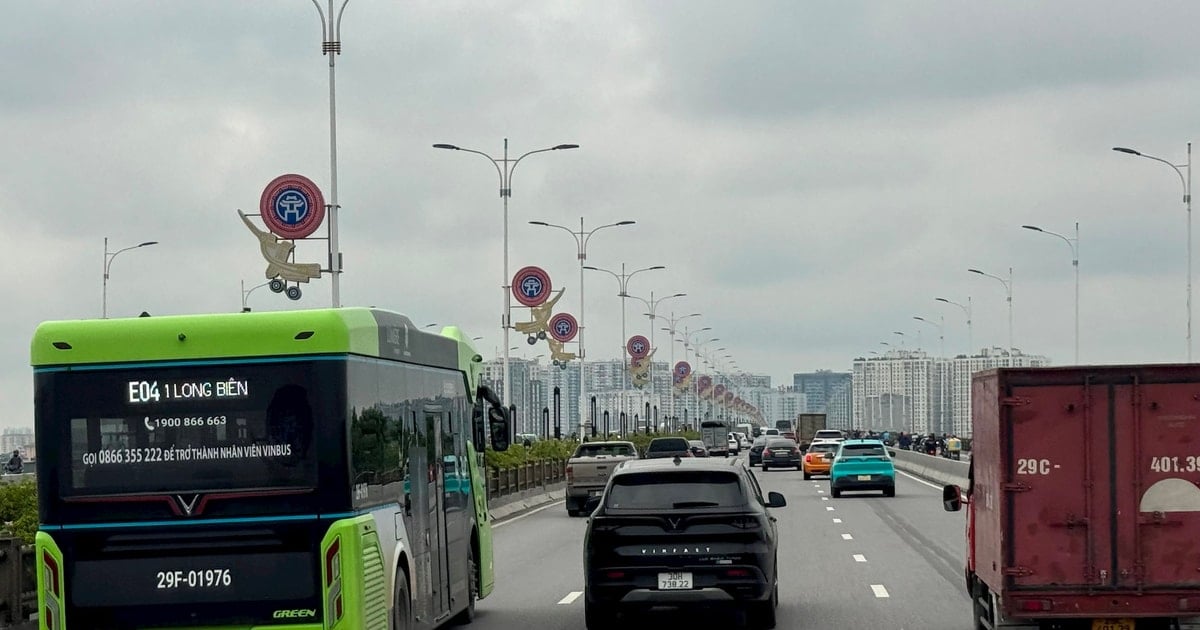

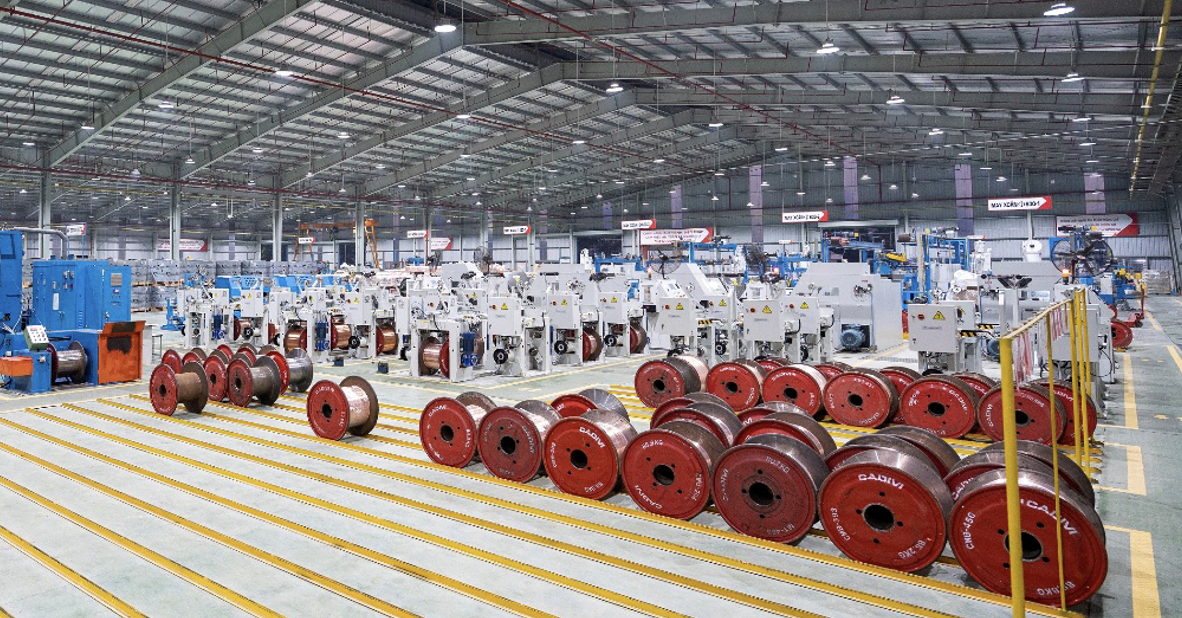






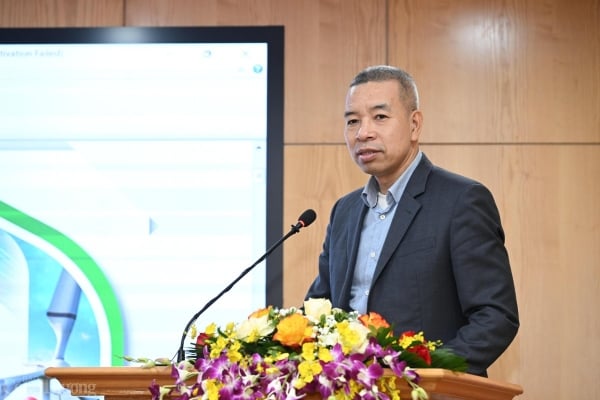

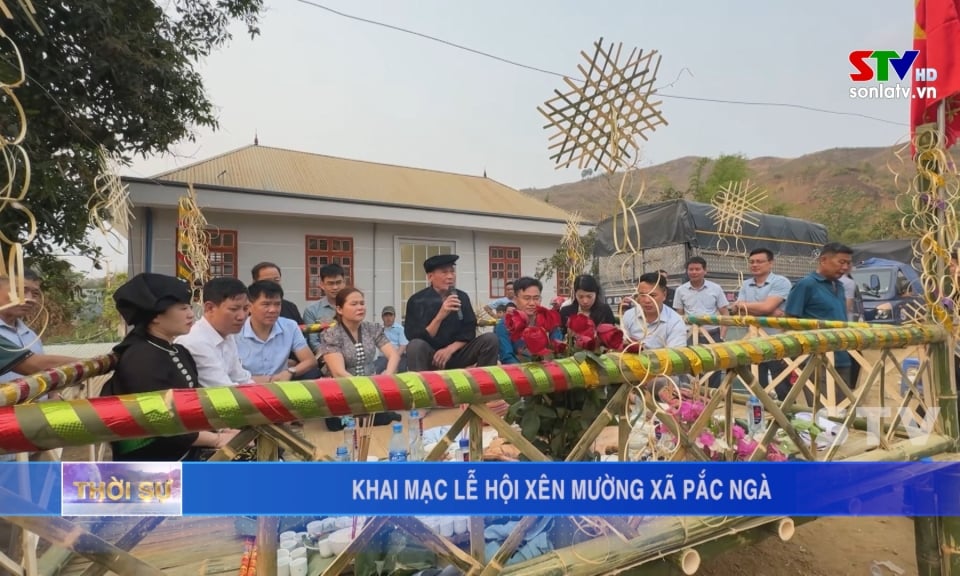

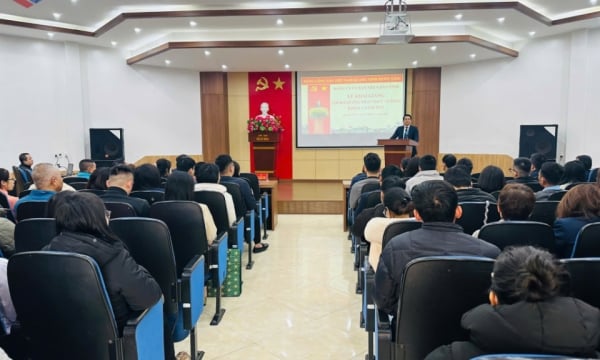
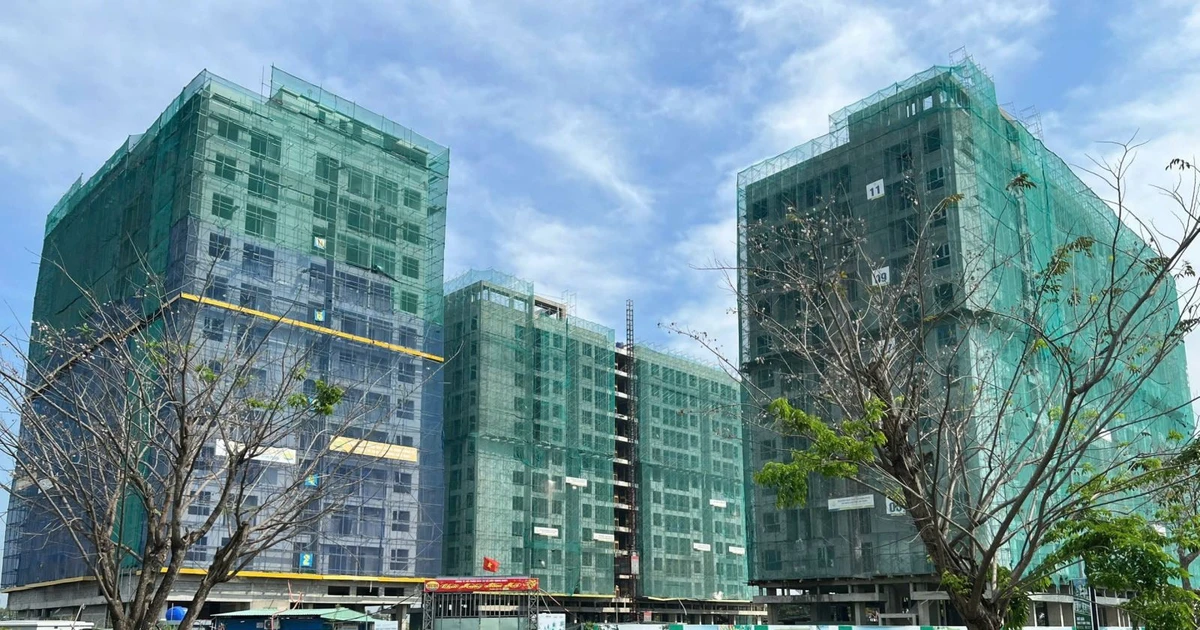
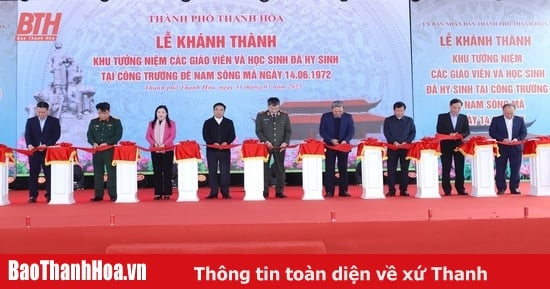




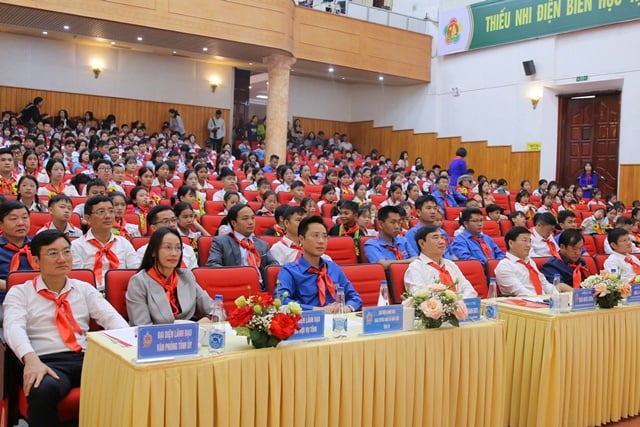



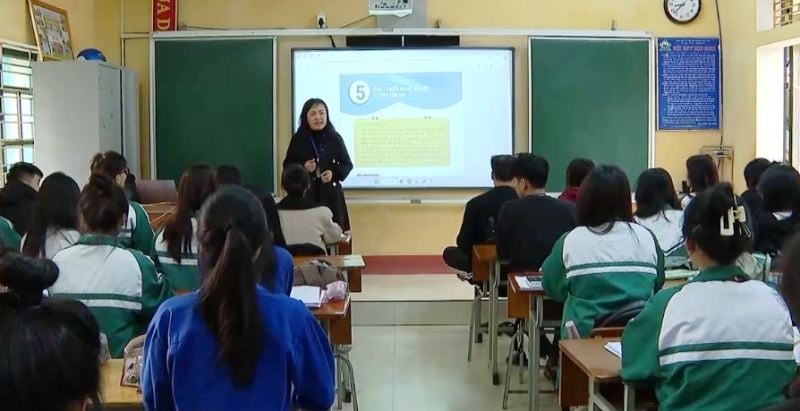
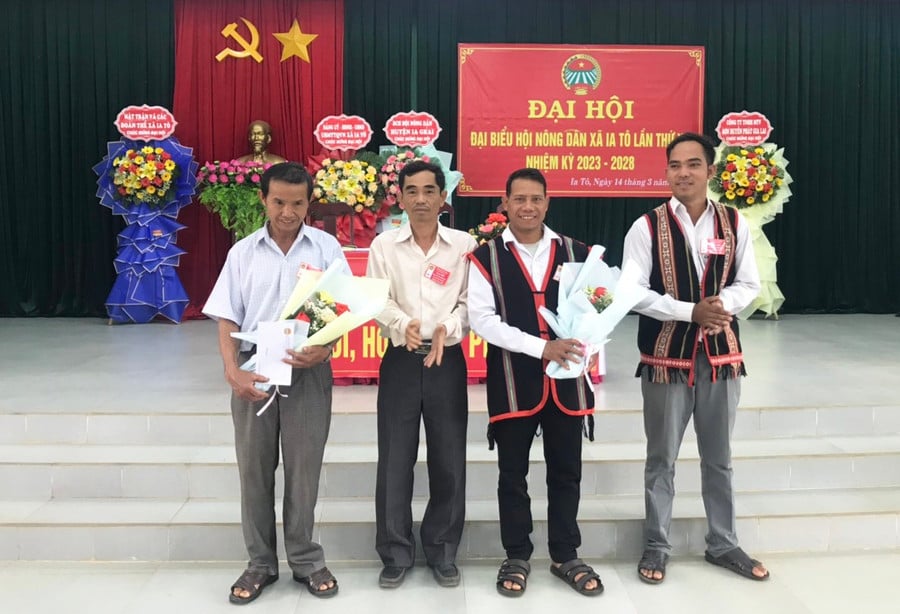
![[Photo] Prime Minister Pham Minh Chinh chairs meeting to remove difficulties for projects](https://vstatic.vietnam.vn/vietnam/resource/IMAGE/2025/3/30/7d354a396d4e4699adc2ccc0d44fbd4f)
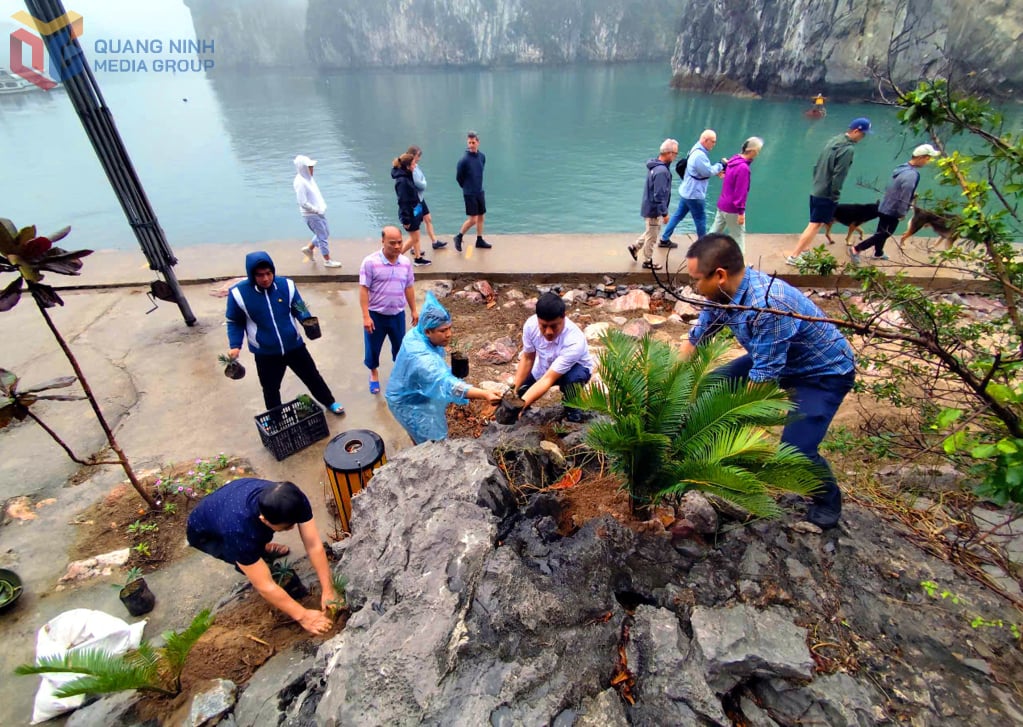






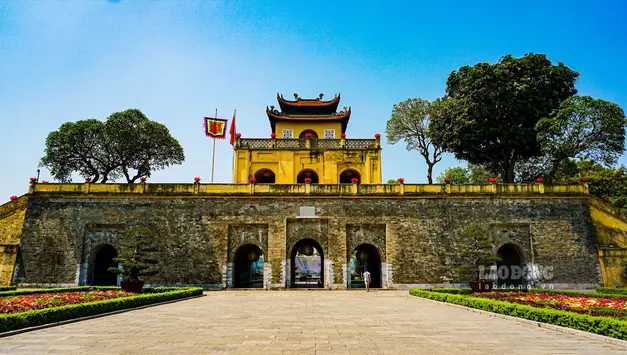











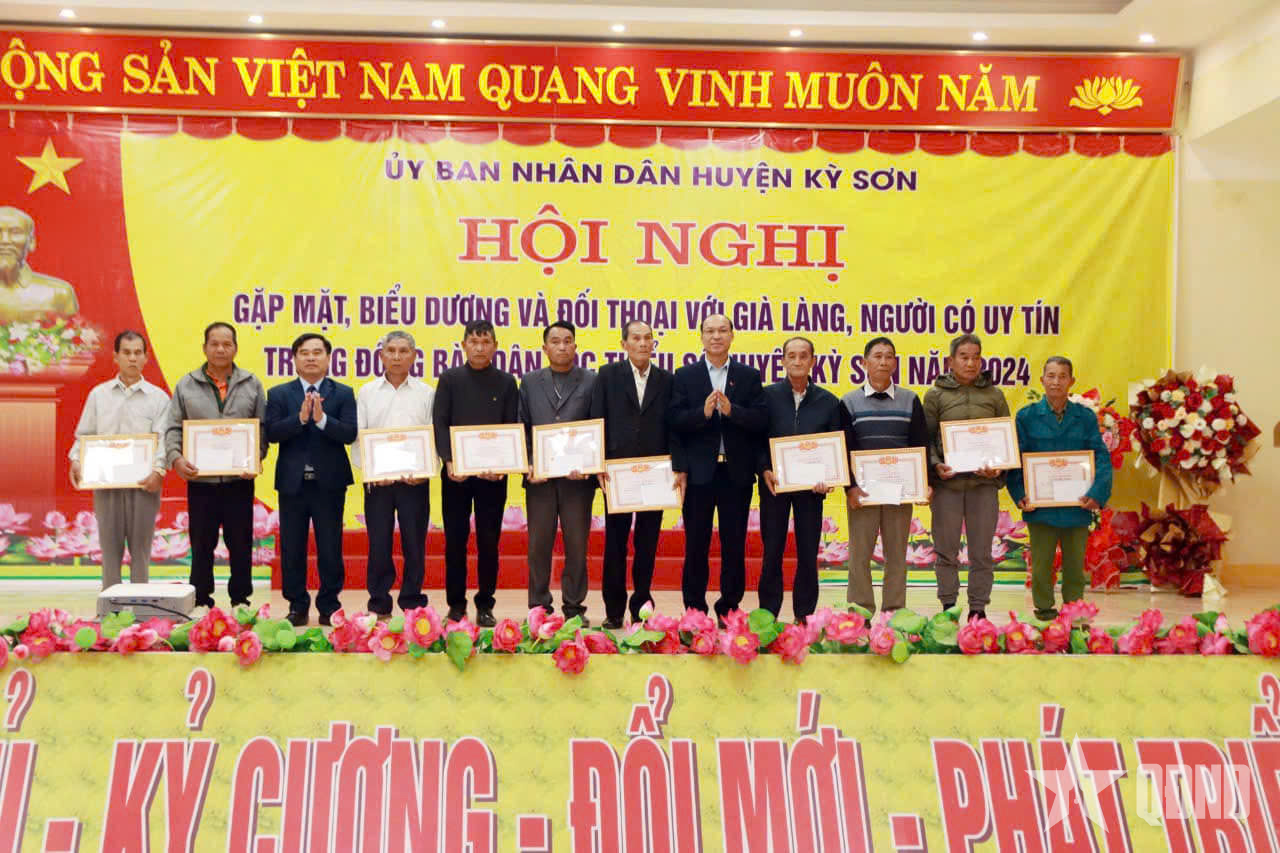
















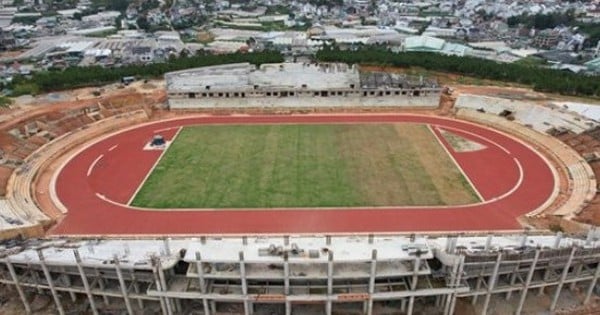




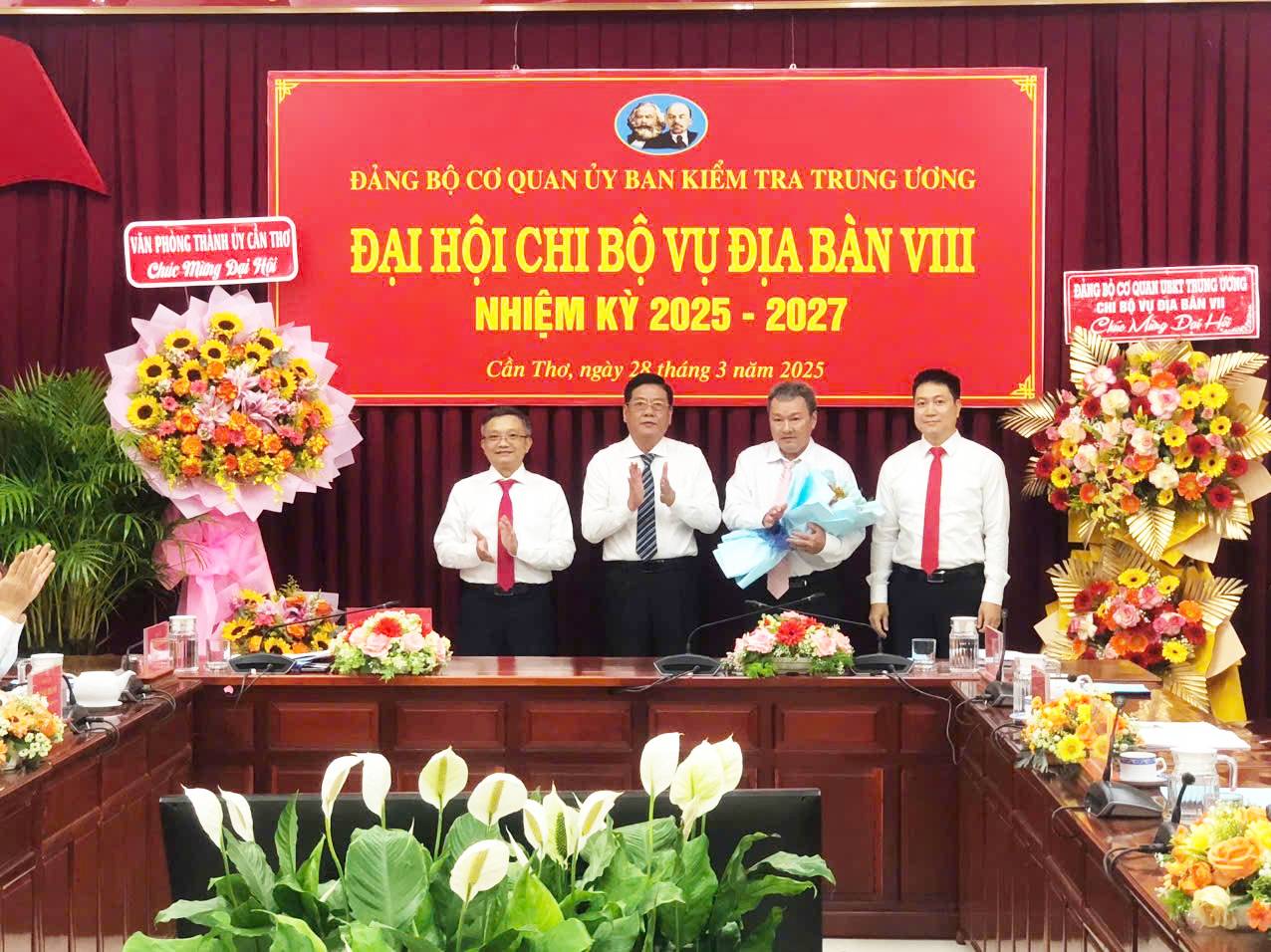



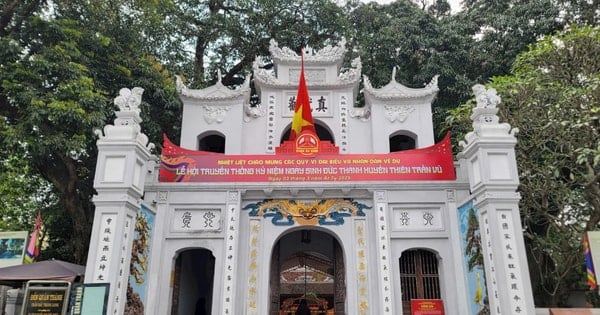




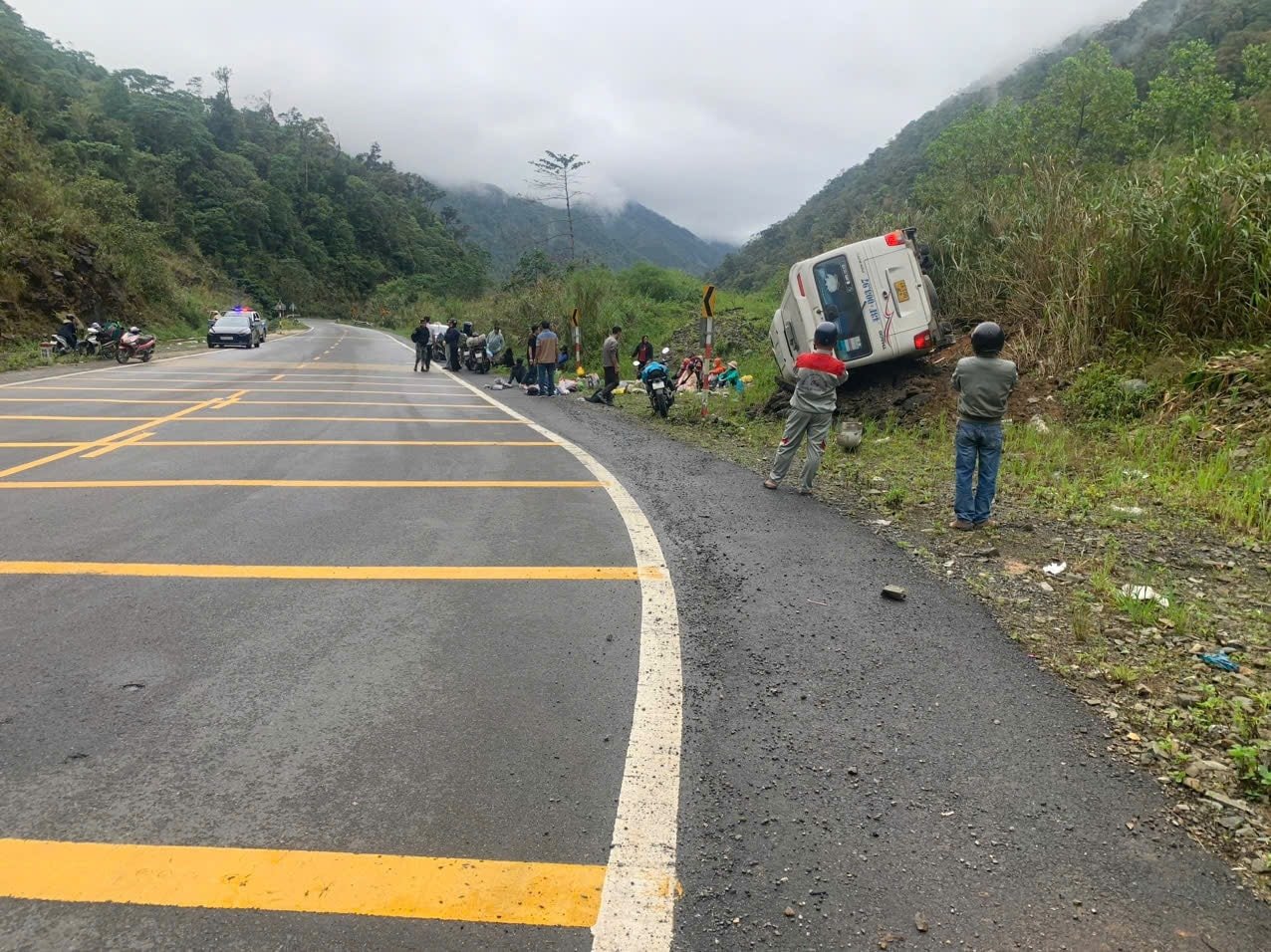

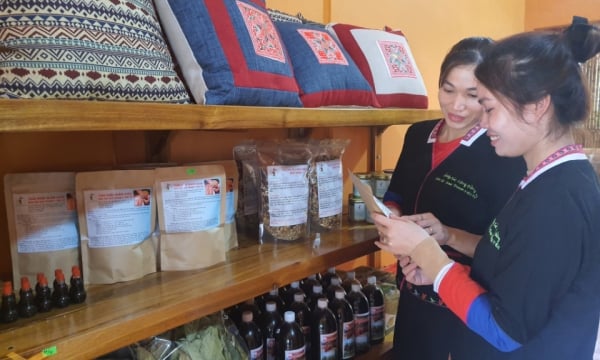







![[REVIEW OCOP] An Lanh Huong Vet Yen Cat](https://vstatic.vietnam.vn/vietnam/resource/IMAGE/2025/3/27/c25032328e9a47be9991d5be7c0cad8c)



Comment (0)